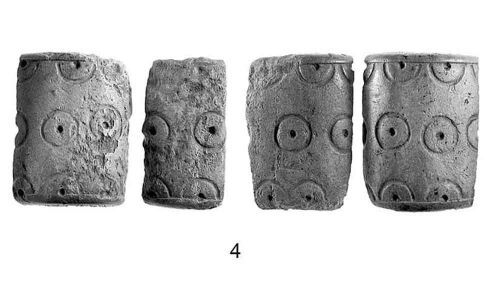
A group in Poulton, England, has been searching for a lost Cistercian abbey for over 25 years.However, the team has discovered hundreds of mediaeval skeletons and well-traveled Roman artefacts over the years. They've now unearthed the best preserved image of late prehistoric life ever discovered in North West England.
Over the previous eight years, the Poulton Research Project has unearthed ten roundhouses and over 5,000 artefacts, revealing evidence of a wealthy and extensive society that could debunk the popular belief that the Iron Age in North West England was sparsely populated.
Kevin Cootes, an archaeologist at Liverpool John Moores University and consultant for the Poulton Research Project, stated that until now, very little has been documented of high status Iron Age settlements in the north west of England.
From the transactions across the river, they can determine that this village was highly prosperous. Poulton is a well-preserved time capsule that spans thousands of years. The findings are so rare, that it can be consideredas a finding among different generations.
The indications to identifying an Iron Age settlement — which could stretch 800 years – are fascinating in and of themselves. Over 900 bones from a late mediaeval church were discovered by researchers at the Poulton Research Project. The bones, however, were discovered with items that appeared to precede the burials: the tombs appeared to have been dug into much earlier archaeological sites.
When the archaeologists went deeper, they discovered Iron Age evidence in the form of 10 roundhouses and a staggering quantity of artefacts going back to the 8th century BCE. These would include an adorned fastener or flip, a dog which was likely sacrificed, what seemed to to be a stone anvil, pottery, and ditches in which the inhabitants had likely discarded of waste.
The most common earthenware was for transporting salt, indicating that the settlement could afford to transport the salt from Middlewich, which was 30 kilometres (18.6 miles) distant. This, along with a slew of other discoveries, has provided archaeologists with a fascinating glimpse into the life of the people who lived in this Iron Age settlement.
The same neutral soils that had preserved the site's mediaeval skeletons had the similar effect on the delicate Iron Age findings, whereas the intensity of the ditches had protected them from past ploughing.